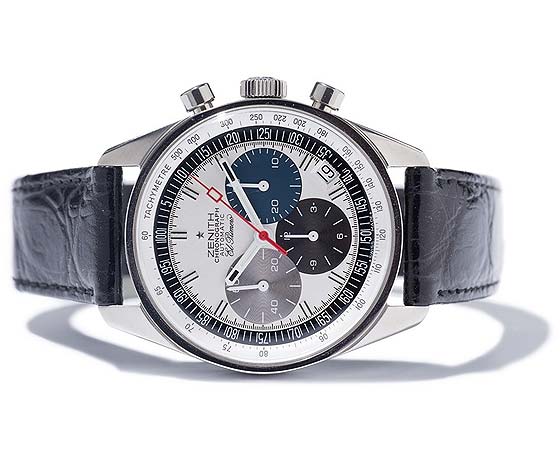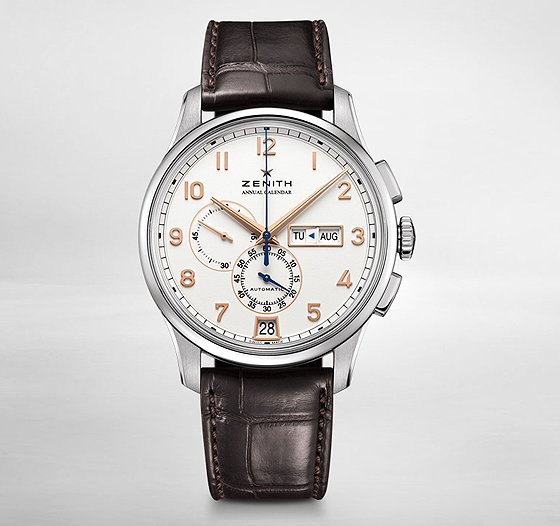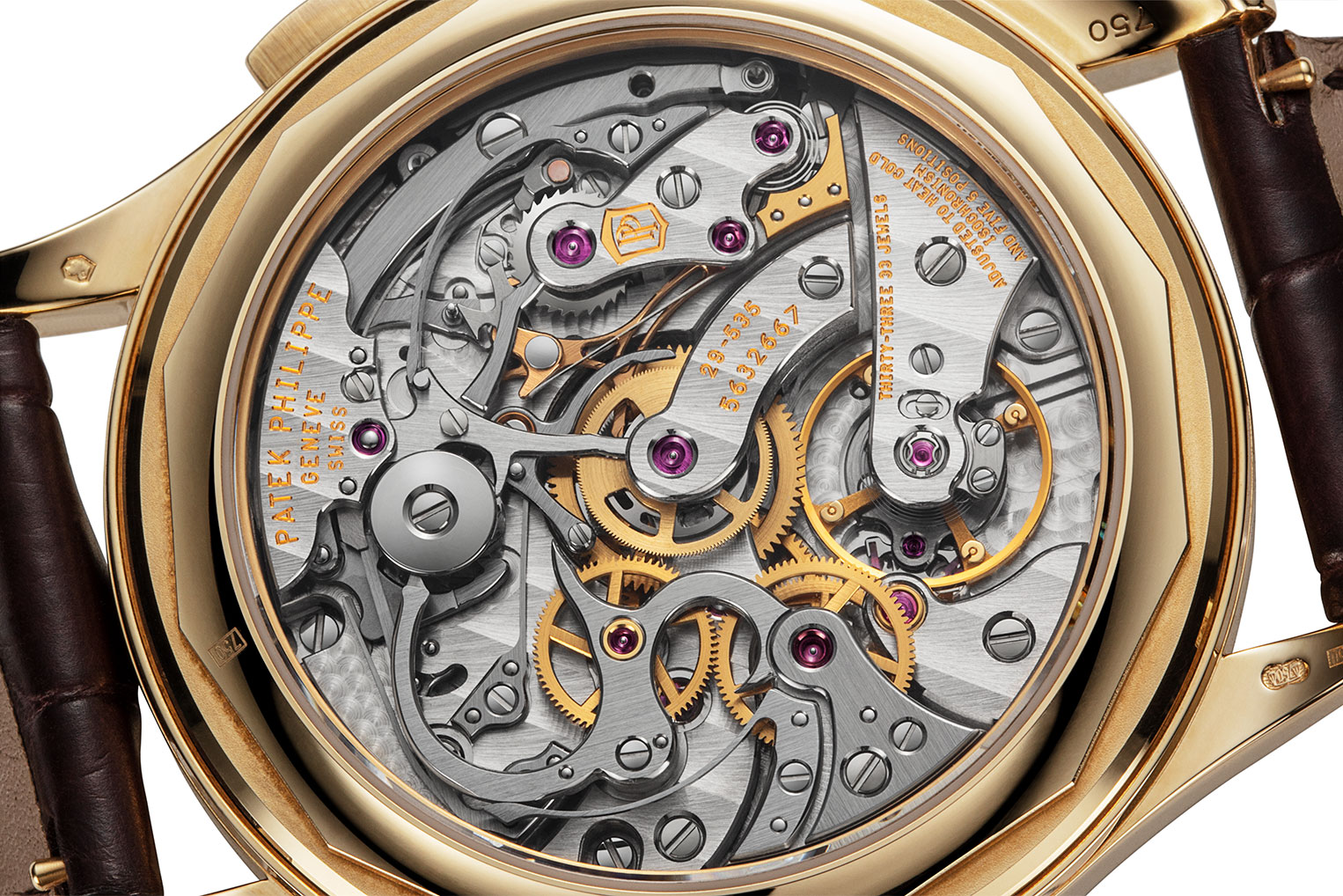Vintage Eye for the Modern Guy, Part 8: Zenith El Primero
Posted on October 8, 2015
Original article found on watchtime.com
In this week’s edition of Vintage Eye for the Modern Guy, we come to a watch with possibly one of the best and most widely used luxury movements to date: the Zenith El Primero. With production of the watch beginning in 1969, after seven years of research and development, Zenith raced to become the maker of the first automatic chronograph, competing with the Chronomatic Group’s (Breitling, Hamilton-Buren, Heuer and Dubois-Dépraz) Caliber 11 movement, and Seiko’s Caliber 6139. In the end, the El Primero Caliber 400 became the first fully integrated automatic Swiss chrono movement, beating out the flawed, modular Caliber 11 and the less expensive, Japanese Seiko Caliber 6139 — a revolutionary and highly debated achievement that began to change how watch brands make chronographs.
The first piece we’ll take a look at is the El Primero Original 1969 (below), and for anyone who loves vintage-inspired watches, this one is a beast. A 38-mm steel case matching the dimensions of the 1969 original; a sunburst silver dial with three-toned subdials; a black minute-counter ring with rhodium-plated hour markers; and, to top it all off, the signature El Primero chronograph seconds counter. This watch echoes “tribute” with every single one of its 36,000-vph ticks. This reference also uses the historic Caliber 400 movement with a date indicator at the 4:30 position, and is available on either a stainless steel or brown alligator strap. Prices start around $4,800 for the leather strap variation.
As I said, this watch is a beast, not only because of the attention to detail Zenith has paid in crafting it, but also because of its distinctive channeling of the piece’s 1969 forefather. When comparing the two watches, few would be savvy enough to tell them apart outside of modern finishing practices, and that is rare. Of course, other brands follow similar strategies in developing special-edition homage models to previous watches, but few brands actually keep the original version stocked for so many years.
While I find Zenith’s dedication to its past impressive, I also understand the reasons why other brands do things differently; consumers generally want growth in a timepiece over time, and this variant doesn’t necessarily offer that. While there is certainly a novelty in being able to purchase a watch just as horologically perfect today as it was more than 50 years ago, the change over time in an iconic piece is a talking point many watch geeks look for. Please don’t interpret this as a desire for change in this watch; personally, and from a vintage watch lover’s standpoint, this piece could not get any better, but if this watch had one flaw, it would be stagnancy.
The next piece is one that certainly has changed with time, the El Primero Winsor Annual Calendar (above). Available in five unique-looking variations with different dials cased in either stainless steel or rose gold, the Winsor has little resemblance to the early El Primero line. Looking at the steel-cased, white-dial variation (Ref. 03.2072.4054/01.C711), you will spot the rose-gold Arabic numerals, hour and minute hands, blue accents, day and month indicator at the 3 o’clock position, and the 6 o’clock date indicator. Other details to pay attention to are the non-traditional crown and chronograph pushers, and the Caliber 400-based El Primero Caliber 4054 automatic movement (pictured below). You’ll find this reference starting around $6,000.
Read the complete article on watchtime.com








